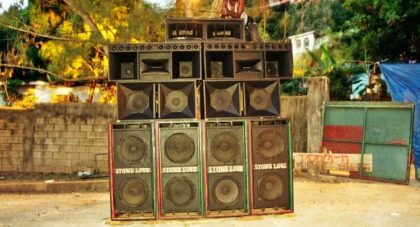Turning 60 this year, Coltrane and Hartman is essential listening not just for jazz aficionados, but hopeless romantics far and wide. The smokey mood of the record eclipses its genre, belonging more to an ethereal wavelength of nocturnal ambiance than musical categorization . . .
Only the good shit. Aquarium Drunkard is powered by its patrons. Keep the servers humming and help us continue doing it by pledging your support.
To continue reading, become a member or log in.


